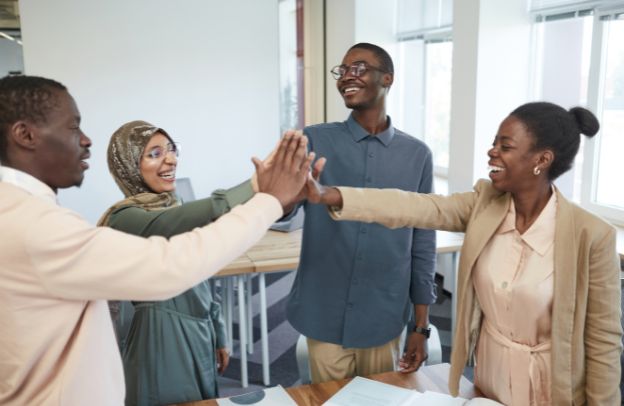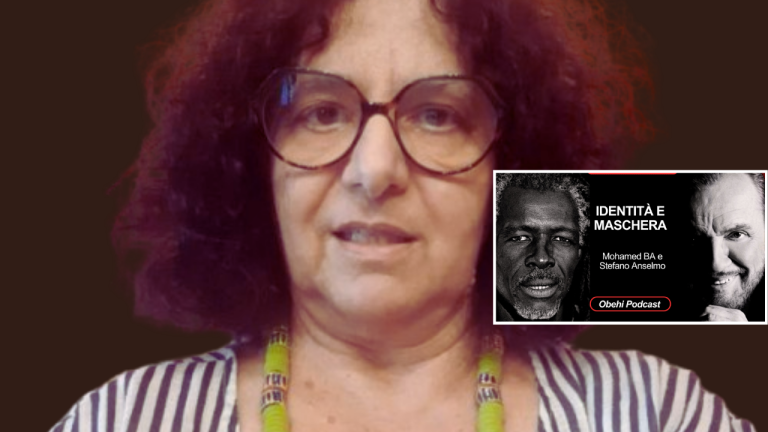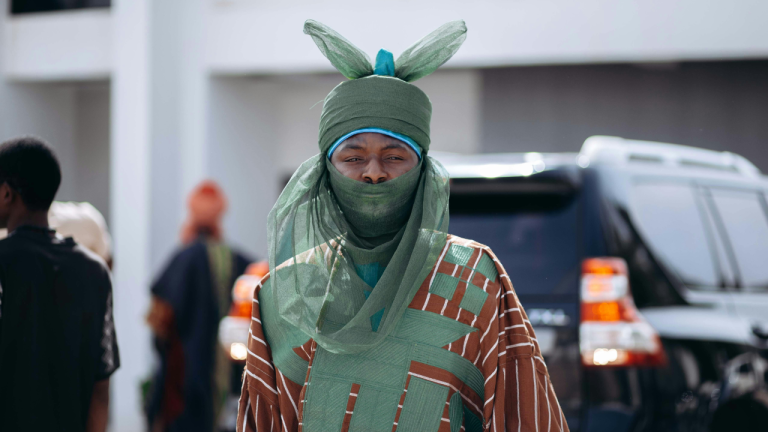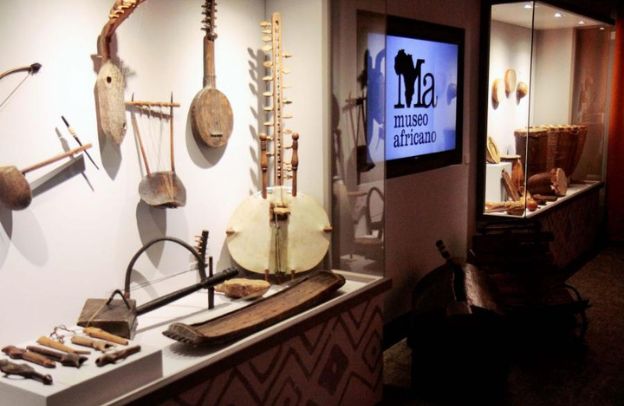Harnessing the Brain’s Superpower: How Memory Shapes Identity and Community in African Cultural Traditions
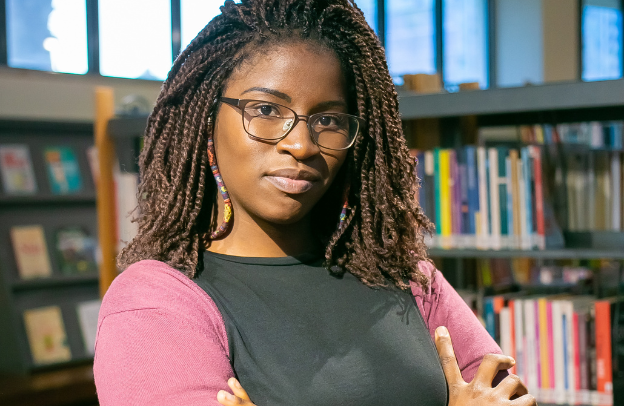
What is the Brain’s Superpower? Did you know every child carries a real-life superpower inside their mind? It’s not the ability to fly or turn invisible, but something far more powerful: memory. Every story they hear, every proverb they repeat, every song they sing, these moments become living treasures etched into their hearts and minds.
Learn How to Leverage Your Story through our Story To Asset Framework.
When we guide children to use that memory well, we don’t just help them learn facts for school; we empower them to embrace who they are, connect to their roots, and grow into kind, courageous changemakers.
Imagine a child smiling because they just remembered a clever proverb that saved the day in class. Or think of a teenager who suddenly recalls an ancestral story about resilience when they face a challenge. That sense of pride, that spark of belonging—that’s the magic of memory. And it’s not magic; it’s a superpower we can nurture.
The African Roots of Memory Magic
From an early age in Esanland, Obehi Ewanfoh understood a profound truth: memory is sacred, powerful, and deeply communal. This understanding resonates throughout his work, including AMENDE: The Stream Water and Still Owing Me Goodbye. Raised in the village of Amedokhian, he had the privilege of sitting among elders, listening as they shared stories and proverbs that carried the weight of wisdom, respect, and unity.
These gatherings were more than storytelling sessions; they were acts of cultural preservation, where memory became a living force that shaped identity and collective strength.
He later carried this insight into Verona, Italy, weaving African traditions into his award‑winning documentary Creating the Blackness of Africa and his storytelling-centered work at AClasses Media. Now, with his Story to Asset Framework, Obehi helps educators and parents guide young minds from roots to relevance.
Let’s consider a few lessons we can take away from this conversation today.
Lesson 1: Memory Does More Than Store Facts
We often think of memory as a shelf that holds school answers or grocery lists. But African cultural memory teaches us something deeper: memory shapes character, identity, and community.
- When a child recalls a grandmother’s tale of a brave hunter, they’re not just repeating a story; they’re summoning courage, listening, empathy, and love.
- The UNESCO report on traditional knowledge confirms that weaving local wisdom, rhythms, and language into classrooms boosts cultural belonging and confidence.
In this way, memory becomes more than a tool; it becomes a bridge from the past to a stronger present.
Lesson 2: African Memory Traditions That Enrich Learning
Here are three powerful traditions that help children grow their memory and identity together:
- Okha – Storytelling
When elders narrate tales about cunning tortoises or brave ancestors, children don’t just listen; they imagine, ask questions, and absorb values like generosity or resilience. - Idio – Proverbs
Short but vibrant phrases like, “Wisdom is like a baobab… no one alone can embrace it,” teach depth. They invite reflection and connection to a shared history. - Call-and-Response Songs
In villages across Africa and Esanland, songs passed down in community feel are chanty, rhythmic, and interactive. This repetition cements knowledge in both heart and mind.
Modern brain research supports this. The Harvard Center on the Developing Child shows that learning with rhythm, stories, and emotion strengthens neural connections—and helps children remember more, longer.
Lesson 3: Values Behind the Memory Power
African wisdom traditions infuse these practices with meaning:
- Sankofa (Ghana): “Go back to fetch it.”
Children reach into ancestral stories to bring forward wisdom, linking past to purpose. This is at the heart of Obehi’s diaspora tourism work: connecting people to their roots so they can shape tomorrow. - Ubuntu (Southern Africa): “I am because we are.”
Learning becomes love. When children learn together, they feel seen and supported—and memories become community roots.
These cultural values ensure that when children remember, they also belong.
Turning Classrooms into Memory Gardens
How can we weave this heritage into everyday learning? Here are a few ways to plant the seeds that will grow tomorrow:
- Storytime with a Twist
Read a fable. Then let students act it out. Body + voice + memory = deep learning. - Memory Games
Try “Who can retell the twist?” or “What did the tortoise say last?”—fun ways to make recall active. - Proverb Posters
Display a proverb each week. Invite students to illustrate it or relate it to their own lives (“My mom says…”). - Dance-and-Sing Lessons
Teach math rhythms by clapping a beat or singing multiplication tables. This merges body and brain. - Family Story Sharing
Ask children to bring a favorite proverb, story, or song from home. Suddenly, school learning becomes rich with family wisdom.
Global Partnership for Education confirms early learning rooted in songs, stories, and culture isn’t extra, it’s essential.
Strengthening Identity, Joy, and Confidence
When children activate this living memory superpower, something wonderful happens:
- They feel smart because they recall and teach.
- They feel strong, rooted in personal and cultural stories.
- They become helpful, mentoring peers who might forget or struggle.
Imagine a student excitedly saying, “I remember how my grandmother taught me this proverb, and today I used it to help my friend.” That sense of competence and community can last a lifetime.
See also Strengthening Diaspora-Local Relations: How Group Tours Encourage Cultural Exchange
Through memory, children don’t just pass tests—they carry legacy and become agents of positive change.
Action Step: Begin the Journey Today
Every family has songs, stories, and sayings in their heritage. Every teacher has the chance to turn memory into a classroom superpower. Here’s how to begin:
- Choose one story, proverb, or song from your culture this week. Share it with a child and ask what it means to them.
- In your next lesson, add a call-and-response or movement to bring knowledge to life.
- Invite parents into the classroom to share their stories—breaking the barrier between childhood learning and community wisdom.
Obehi’s Vision: From Roots to Relevance
This is the heart of Obehi Ewanfoh’s work. From publishing his first book Round My Mind to his 12‑part series on Barack Obama and Storytelling Mastery, Obehi champions the belief that your story is your business asset.
Through his award‑winning documentaries (Pan-Africanism: Testing Ideas on Reality, Creating the Blackness of Africa), his decade-long career in Veronese tourism, and his mission to connect African diasporans to their heritage, he shows how memory becomes connection, celebration, and transformation.
Obehi’s Story to Asset Framework and AClasses are home to thousands of resources that help you embed story, culture, and memory into learning spaces. Whether you are a parent, educator, or changemaker, these free tools and live events are designed to empower you—and the children in your care to own your story and turn it into impact.
Now It’s Your Turn
Let’s wrap this up with a choice: continue teaching facts or start growing memory gardens.
Memory isn’t just a skill, it’s a way of being rooted in culture, connected to community, and confident in one’s own power. And this shouldn’t wait for tomorrow. Let’s start now.
- Today, pick one memory tradition to try, maybe a song, a story, or a proverb.
- Share it, act it out, laugh, and learn along with the children.
- Remember, when we remember who we are, we open the door to becoming anything we dream.
And if you are ready to take it deeper, explore Obehi’s Story to Asset Framework, join a live event, or tune into The Obehi Podcast on YouTube and streaming platforms.
Together, let’s make every classroom and home a place where memory becomes connection, growth, and transformation. From roots to relevance, the journey is just beginning—and it starts today.

